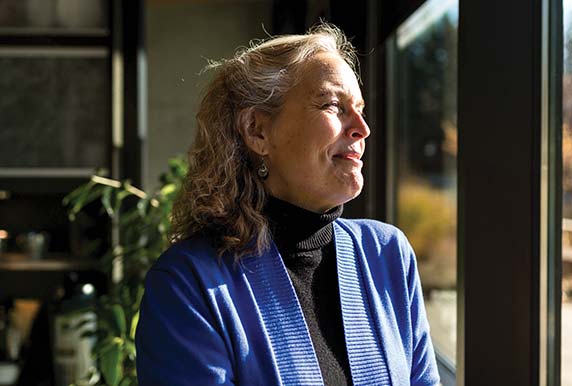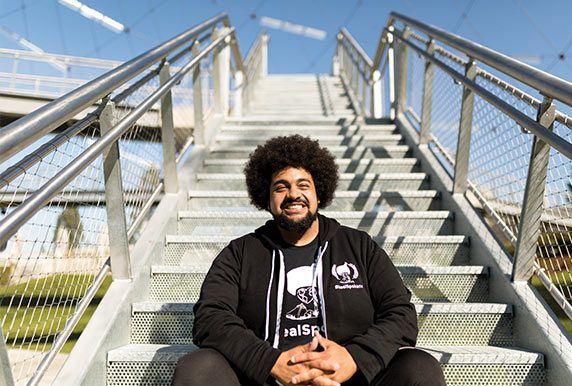My Reality with T1D
By Taylor Meredith '22
Whitworth's Educational Support Services helps students with disabilities overcome academic or other barriers. Learn more in this video.
I was 11 when I first grasped what Type 1 diabetes is. Distilled down, T1D is an autoimmune disease that occurs when the body turns on itself, destroying the beta cells in the pancreas that produce insulin. Since my diagnosis, I've given myself countless insulin injections and finger pricks and counted every carbohydrate I've eaten.
For a long time, I struggled with whether I should get academic accommodations at Whitworth because of my T1D. Accommodations seemed weak to me. The first time I visited the Educational Support Services Office, I felt like I was fundamentally deficient. I've since realized that I couldn't be more wrong (though I still have to remind myself that sometimes). Even though a formal letter of accommodations goes to each of my professors at the beginning of the term, I still tell them the basics, including that I'll be using my phone to check my blood sugar (I'm not surfing Instagram – honest!). When I first talked to my professors about T1D, I was incredibly nervous, and the discomfort of many of them was apparent, too. Being different can make people surprisingly uncomfortable around you.



